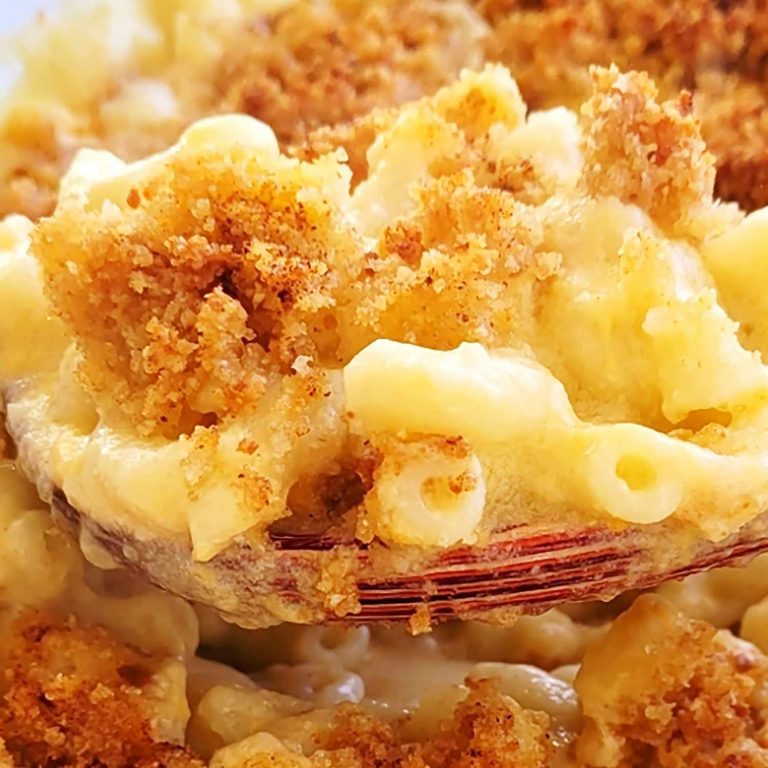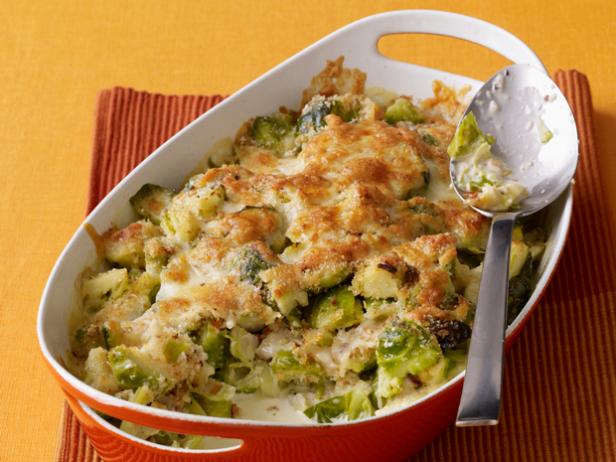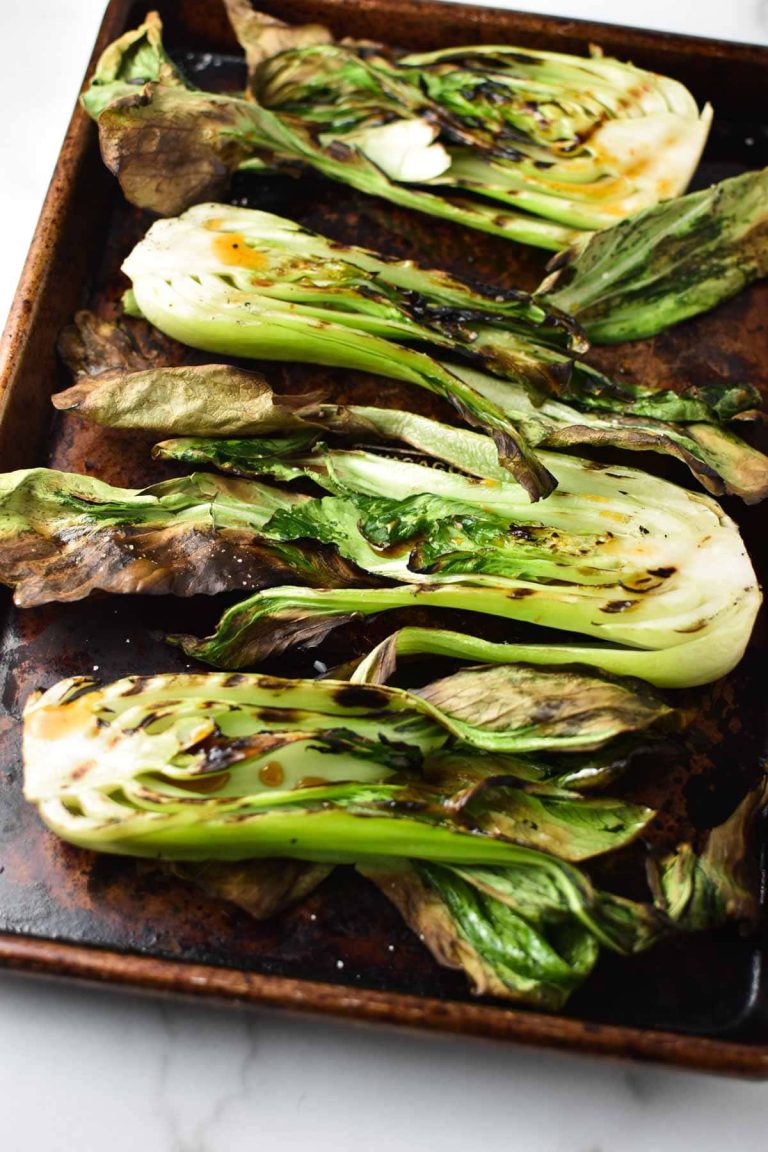French Canadian Meatball Stew: A Delicious Journey Through Ragoût de Boulettes
French Canadian Meatball Stew, known as “Ragoût de Boulettes,” traces its roots to the 17th century. French settlers in Quebec adapted their culinary traditions to the available local ingredients. Initially, it was a practical dish for harsh winters, combining meat, fat, and spices. The recipe evolved over centuries, influenced by Quebec’s agricultural changes and increased spice availability. Today, it’s a cherished comfort food, served during holidays like Christmas and New Year. The essential components include ground pork, beef, or veal, along with a medley of spices like cinnamon, cloves, and nutmeg. Modern recipes often incorporate vegetables like potatoes and carrots, enhancing the dish’s nutritional value.
Regional Variations and Influences
Distinct regions in Quebec put their unique twist on the traditional Ragoût de Boulettes. Some areas prefer using pork exclusively, while others mix beef and veal. Certain recipes add breadcrumb fillers to the meatballs for a lighter texture. Coastal regions, influenced by English and Irish immigrants, may include seafood or fish-based broths. Additionally, the spice blend varies; some regions favor a stronger presence of cinnamon, while others lean towards a garlic and onion mix. Understand these regional distinctions to appreciate the rich tapestry of French Canadian cuisine fully.
Key Ingredients and Substitutions
Essential Ingredients for Authentic Flavor
French Canadian Meatball Stew, known as “Ragoût de Boulettes,” relies on specific ingredients to achieve its authentic flavor.
- Ground Meats: Use a blend of ground pork, beef, or veal to create a rich taste and texture.
- Spices: Include cinnamon, cloves, and nutmeg, pivotal for the stew’s unique flavor profile.
- Onion and Garlic: Chopped onion and minced garlic add depth to the stew.
- Bread Crumbs: Use fresh or dry bread crumbs to bind the meatballs.
- Stock: Beef or chicken stock forms the base of the broth.
- Flour: Use flour to thicken the stew.
- Seasonings: Salt and pepper are essential for seasoning.
- Ground Meats: Replace pork and veal with ground turkey or chicken for lower fat content.
- Spices: If avoiding certain spices, use allspice as a milder alternative to cloves.
- Onion and Garlic: Substitute with onion and garlic powder for those with fresh allium allergies.
- Bread Crumbs: Use gluten-free bread crumbs for a gluten-free option.
- Stock: Vegetable stock can replace beef or chicken stock for a vegetarian version.
- Flour: Substitute with cornstarch or gluten-free flour blends for gluten sensitivity.
- Seasonings: Use potassium-based salt substitutes for reduced sodium intake.
Step-by-Step Cooking Guide
Preparing the Meatballs
Combine ground pork and beef in a mixing bowl. Add finely chopped onion and minced garlic for aromatic depth. Incorporate bread crumbs and a beaten egg to bind the mixture. Season with salt, pepper, ground cloves, cinnamon, and nutmeg to infuse traditional flavors. Mix well until all ingredients are evenly distributed.
Shape the mixture into 1-inch meatballs using your hands or a small scoop for uniformity. Arrange the meatballs on a parchment-lined baking sheet to prevent sticking. Brown the meatballs in batches in a heavy-bottomed skillet over medium heat until they’re golden on all sides. Set browned meatballs aside on a paper towel-lined plate to drain excess fat.
Assembling and Cooking the Stew
Heat a large pot or Dutch oven on medium heat, then add a tablespoon of oil. Sauté chopped onion until translucent, adding minced garlic in the last minute to prevent burning. Sprinkle in flour and stir to create a roux, cooking until the mixture turns light brown.
Gradually add beef or chicken stock to the roux, whisking constantly to avoid lumps. Bring the mixture to a simmer. Incorporate the browned meatballs into the pot, ensuring they’re submerged. Reduce the heat and cover the pot, letting the stew simmer gently for 45 minutes, allowing flavors to meld.
Check the meatballs for doneness. Add additional stock if the stew thickens too much. Season with salt and pepper to taste. Finish with a sprinkle of fresh parsley before serving the stew hot with crusty bread or mashed potatoes.
Serving Suggestions and Pairings
Traditional Side Dishes
Complement French Canadian Meatball Stew with classic side dishes to enhance your meal. Serve crusty baguette slices to soak up the rich gravy. Include mashed potatoes or boiled potatoes to offer a comforting, hearty element. Add a side of green beans or steamed carrots for a touch of freshness and color. Incorporate pickled beets or crusty sour pickle spears for an authentic finish.
Wine Pairings
Pairing wine enhances the flavors of your French Canadian Meatball Stew. Choose a light-bodied red wine such as Pinot Noir, which complements the spices in the stew without overpowering the taste. Alternatively, select a medium-bodied red like Merlot for its smooth finish and ability to meld with the savory notes. If you prefer white wine, opt for a Chardonnay to balance the richness of the dish with its mild acidity.
Conclusion
French Canadian Meatball Stew, or “Ragoût de Boulettes,” isn’t just a dish; it’s a culinary journey through history and tradition. By blending local ingredients with age-old spices, this stew has evolved into a beloved staple of Quebecois cuisine. Preparing it at home allows you to experience the rich flavors and cultural heritage firsthand.
Whether you’re sharing it with family on a cold winter night or introducing friends to the unique taste of French Canadian cooking, this hearty stew is sure to impress. Pair it with the suggested sides and wines for a truly authentic meal that’ll transport you straight to the heart of Quebec. Enjoy the warmth and comfort of this timeless classic in your own kitchen.





